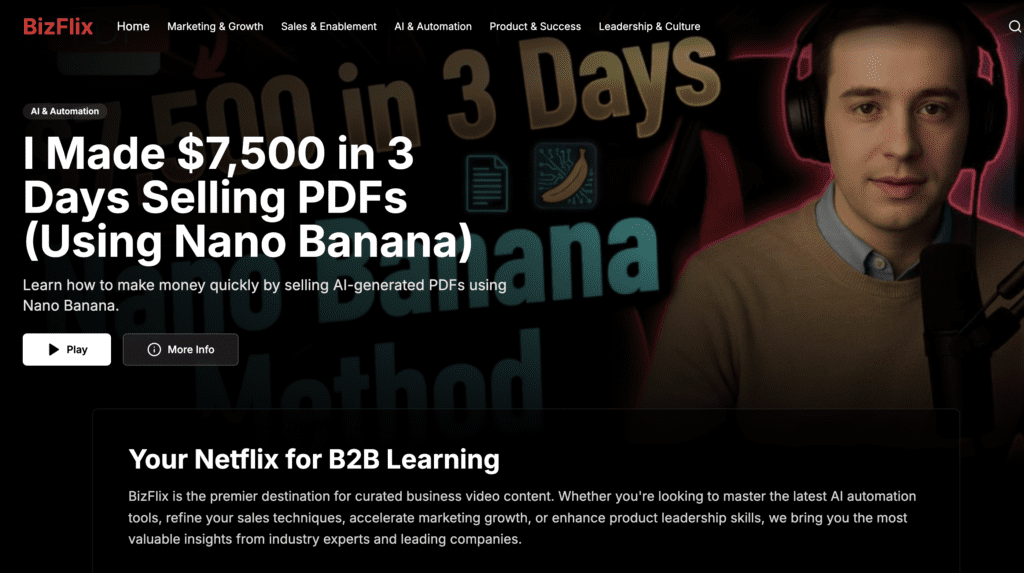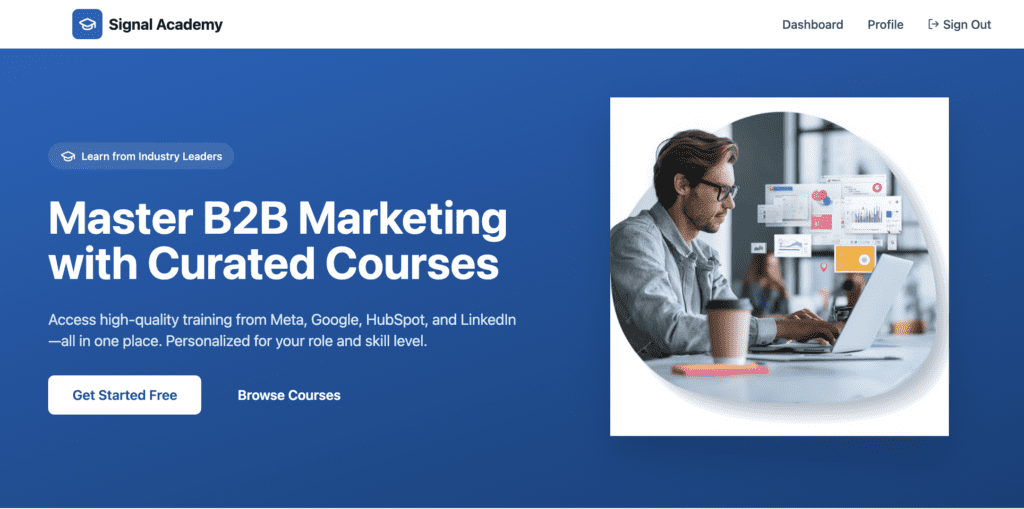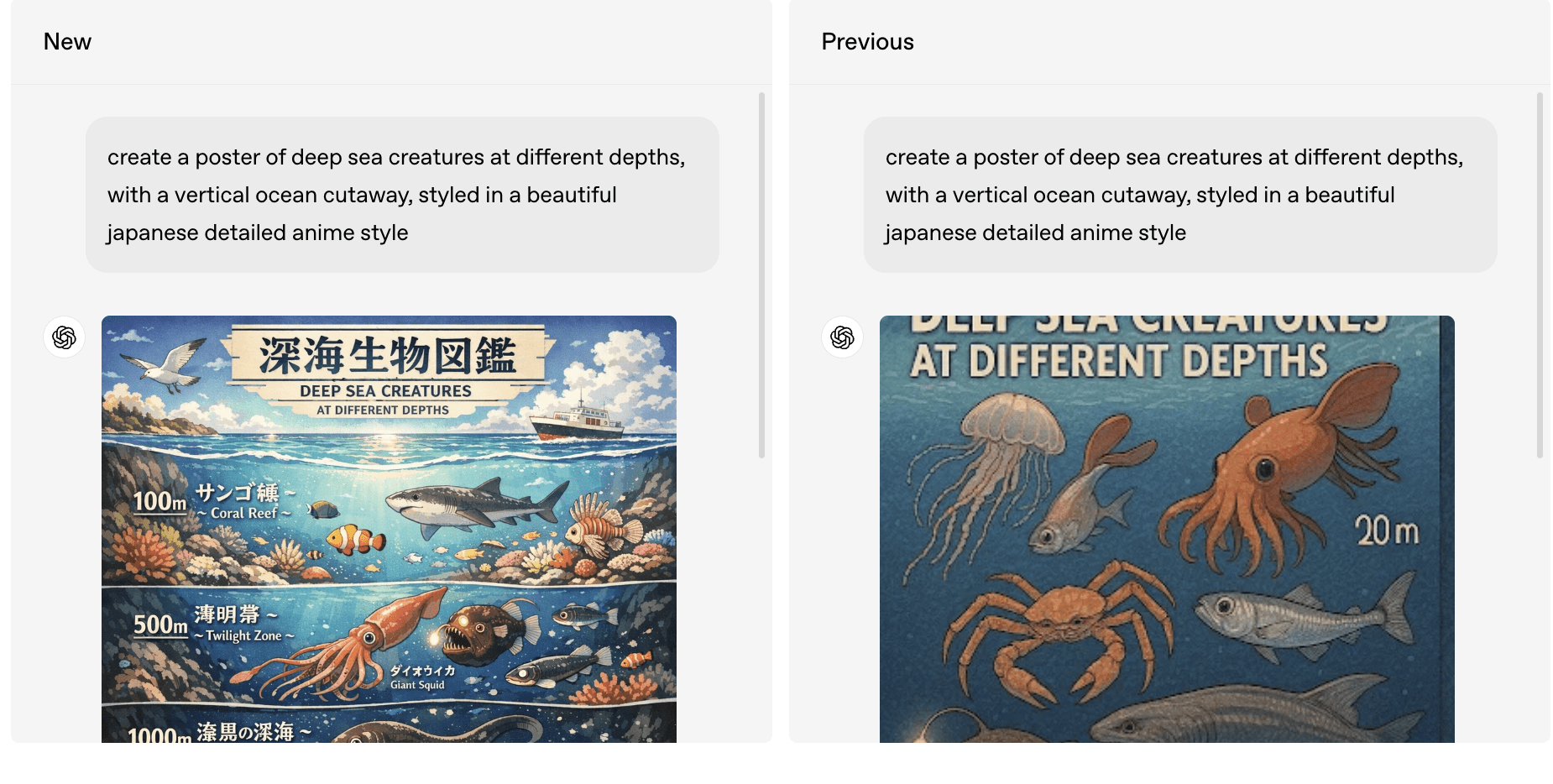where strategy meets execution.
Accelerate Pipeline and Scale Your Marketing Engine.
Proven strategies from startup to enterprise—demand gen, content, community, and analytics tailored to your growth stage.

Now offering free strategy consultations — Book your session today!



15+ years of proven expertise in business transformation

15 +
years of
experience
I’ve led marketing teams at LinkedIn, Slack, and high-growth startups. From building strategies that grew LinkedIn Sales Navigator into a billion-dollar business unit to scaling startups with demand gen and content systems, I blend creativity with data-driven execution.
My mission is simple: help businesses build predictable growth engines through strategy, execution, and scalable systems.
Your questions, answered with clarity and confidence.
I specialize in B2B software, SaaS, and technology-driven businesses. I’ve also worked extensively with companies in finance, healthcare, and clean tech. My focus is on mid-market and growth-stage organizations that need scalable demand generation, content strategy, and go-to-market execution.
I help companies generate predictable pipeline and revenue by building systems that attract, engage, and convert their ideal customers. From demand gen campaigns to content marketing and sales enablement, I apply proven frameworks that increase brand visibility, drive qualified leads, and accelerate sales cycles.
It begins with a discovery call to understand your business goals and challenges. From there, I create a tailored proposal outlining priorities, timelines, and deliverables. Once aligned, we move quickly into execution so you start seeing measurable results as early as possible.
Content strategy and production
Marketing automation and campaign optimization
Sales enablement and pipeline acceleration
AI-powered marketing workflows and automation
Go-to-market planning for product launches
Simply reach out through my contact page or LinkedIn. We’ll set up a consultation to discuss your objectives and explore how my expertise can help. From there, we’ll define scope and get started.
Absolutely. Every company has unique goals, customer segments, and challenges. I build customized strategies that align with your sales priorities, market conditions, and growth objectives, ensuring you get solutions that deliver measurable impact.
Practical strategies and updates for modern businesses.

Great content ideas are worthless without a system that turns them into pipeline on schedule. But what if you could stop treating content creation as…

TL;DR:OpenAI’s new GPT-Image-1.5 model marks the biggest leap forward in image generation since the earliest DALL·E releases. It now delivers precise edits, faster outputs, more…

Why does your content machine run hot while pipeline stays cold? Your team ships blogs, webinars, emails—yet revenue barely blips. The problem isn’t effort. It’s…

TL;DR B2B growth is shifting from campaign-based execution to continuous, intelligent systems powered by automation and AI. Companies that align people, platforms, and process automation…

TL;DR:In 2025, B2B marketers can no longer afford to let their best webinars and podcasts fade into digital obscurity. AI-driven video repurposing systems—like my Automated…

TL;DR AI-powered content engines are transforming marketing from campaign-based execution into a continuous, adaptive system that learns and optimizes itself. These intelligent systems combine machine…

TL;DR With Google Gemini 3’s new Nano Banana update, anyone can now create clean, multilingual, and professional-quality infographics in seconds—no design skills required. This guide…

TL;DR:Google’s Gemini 3.0 Pro isn’t just another large language model—it’s a creative engine that lets anyone build working apps, games, and startup prototypes from a…

How to transform your outbound engine into an intelligent, always-on system that identifies, engages, and qualifies leads while your sales team focuses on closing deals.…

Turning static CRM lists into active pipelines with AI-driven segmentation and tailored messaging Every B2B marketer knows the pain of a database that’s technically “big”…